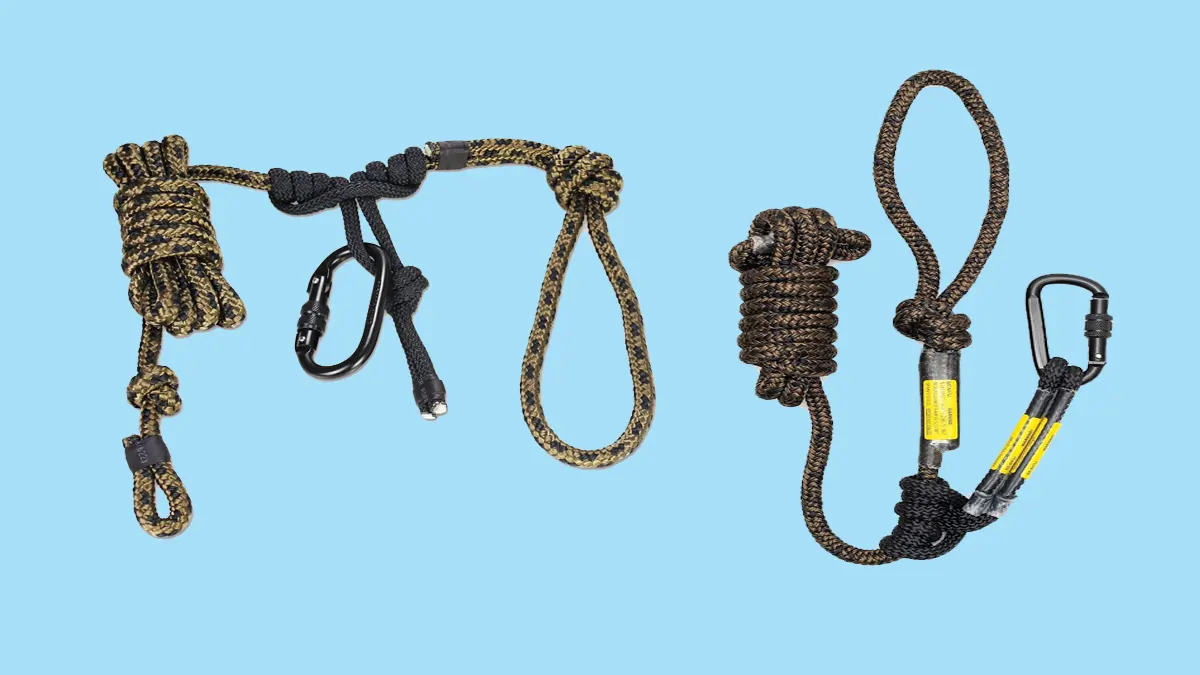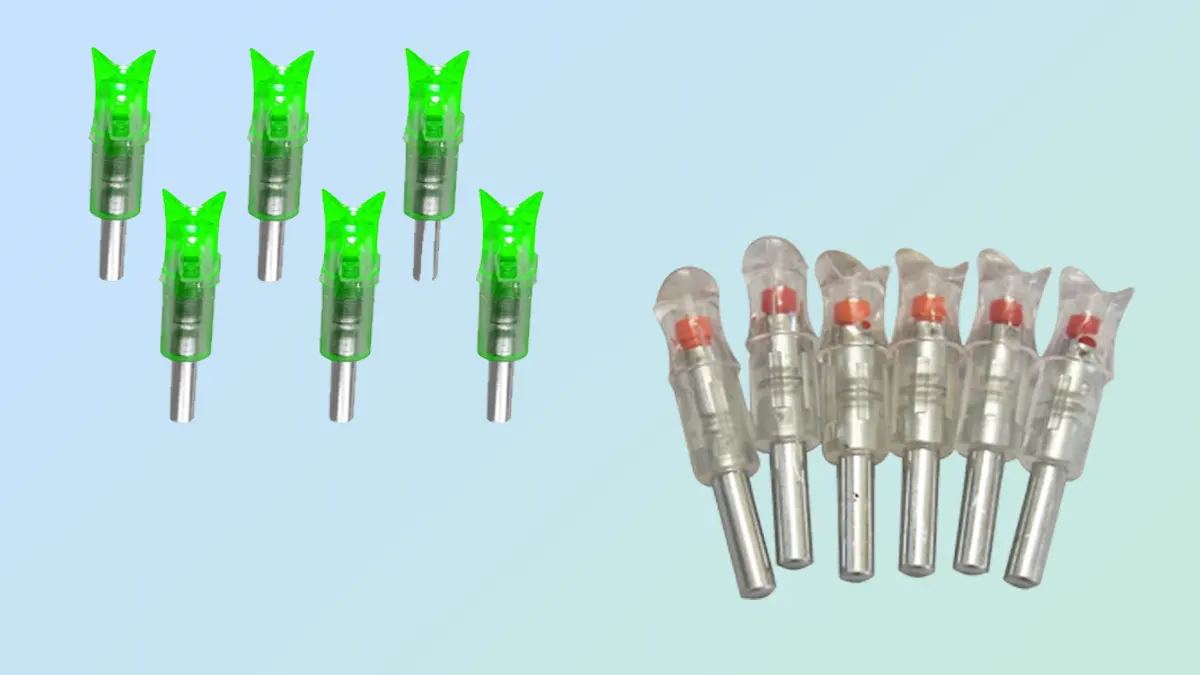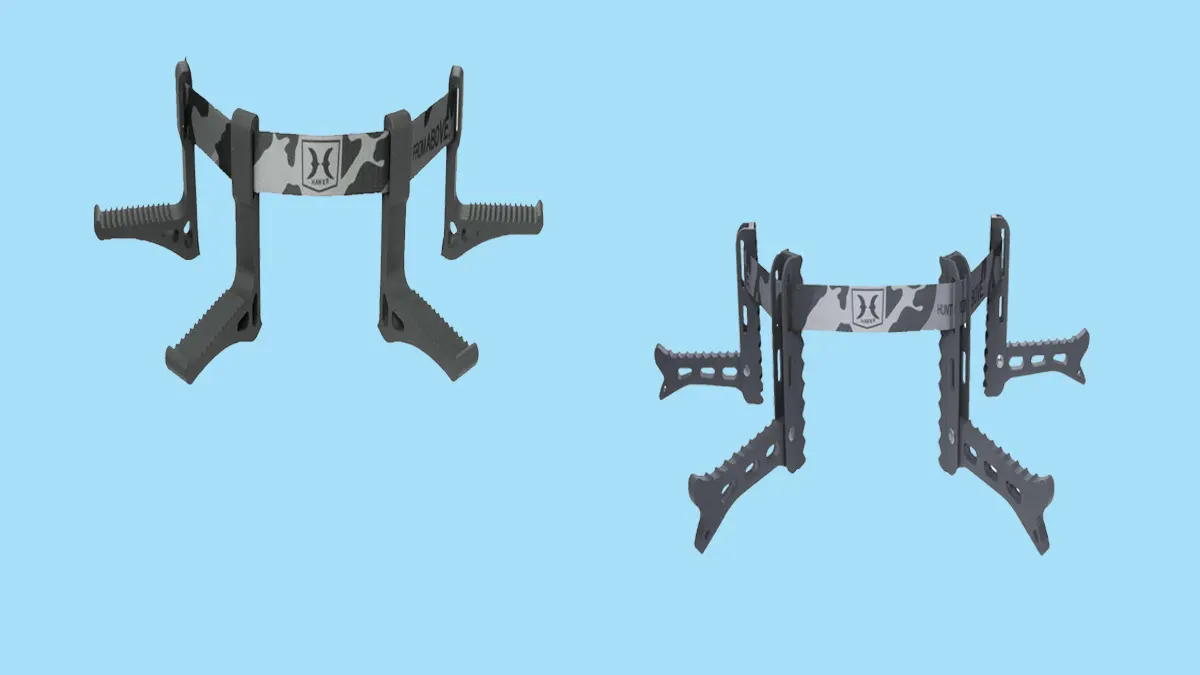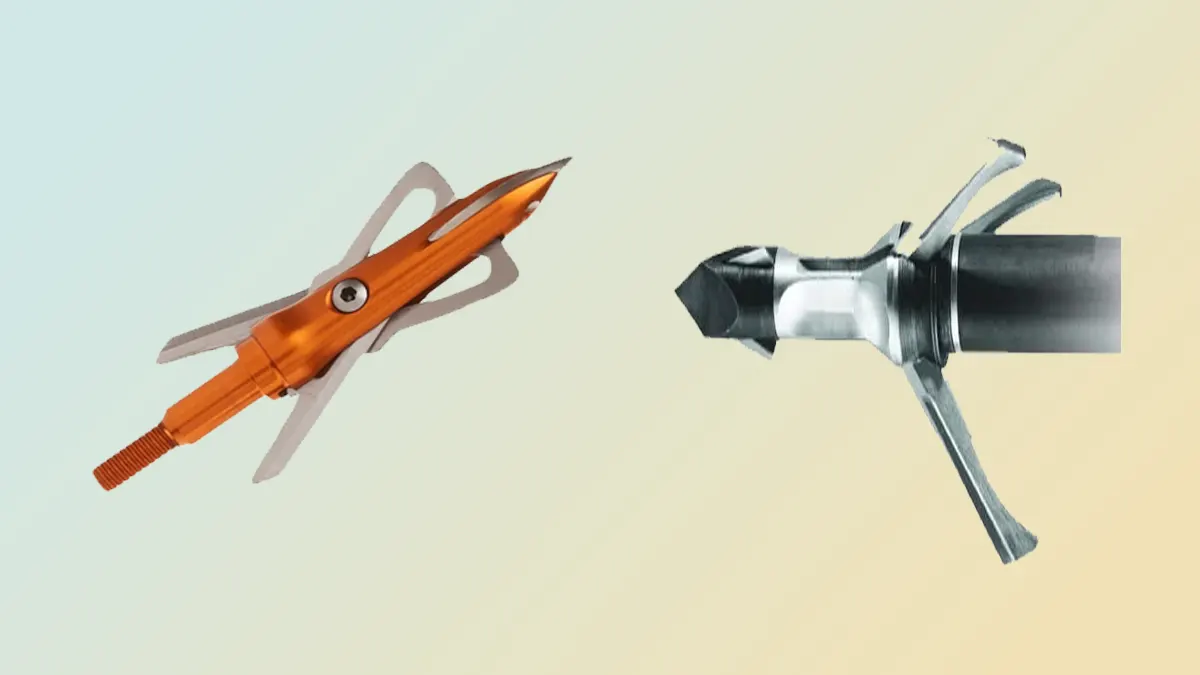Saddle hunters understand the importance of the rope they use for rappelling. It’s like their lifeline, supporting them as they navigate through challenging outdoor environments. The rope has to be strong, durable, and capable of withstanding tough conditions. A high-quality rappel rope not only provides stability and helps them climb up and down trees, but it also ensures their safety in case of a fall.
Hunters use a specially designed saddle and platform for saddle hunting, allowing them to comfortably position themselves on a tree. This technique offers several advantages over traditional tree stands. It provides better maneuverability, improved visibility, and faster setup time. Choosing the right rappel rope is crucial to ensure a safe and secure saddle hunting experience. Saddle hunting has gained immense popularity among outdoor enthusiasts, especially hunters, due to its versatility and mobility.
It enables hunters to be more agile and adaptable while traversing different types of wilderness terrain. A dependable rappel rope is an essential piece of equipment for saddle hunting. In this article, we will explore the best options available for rappel ropes, guaranteeing that your hunting expeditions are both safe and successful.
What is Saddle Hunting?
In the world of hunting, saddle hunting has become increasingly popular. Hunters use a unique saddle or harness designed specifically for this purpose. It enables them to find comfortable sitting or standing positions in trees while they wait for their prey. What sets saddle hunting apart from traditional tree stands is its emphasis on mobility. Hunters can easily and swiftly adjust their positions, giving them an advantage in the hunt. By being able to optimize their viewpoints, saddle hunting offers improved visibility and a greater chance of success.
Factors to Consider When Choosing the Best Rappel Rope for Saddle Hunting:
Rope Material and Construction:
Choosing the right materials and construction methods is extremely important when it comes to making sure that a rope performs well in different weather conditions and terrains. Materials like nylon and polyester are often used because they provide distinct benefits and advantages.
Diameter and Length:
The size and length of the rappel rope play a crucial role in determining its weight, strength, and how easy it is to use. It’s important to strike a balance between having a thicker rope, which provides better grip, and a lighter rope, which makes it more portable. This compromise is necessary to ensure that the rope performs optimally during rappelling activities.
Weight and Portability:
As a saddle hunter, carrying multiple pieces of equipment is not ideal. Opt for a lightweight and compact rappel rope that won’t weigh you down during long treks.
Breaking Strength and Safety Ratings:
The breaking strength of the rope determines its load-bearing capacity. Always check the safety ratings and adhere to the manufacturer’s guidelines for safe usage.
Types of Rappel Ropes:
Dynamic Ropes:
Designed to absorb shock in the event of a fall, these ropes are commonly used in rock climbing but may not be suitable for saddle hunting due to their higher elongation.
Static Ropes:
These ropes have minimal elongation and are ideal for saddle hunting as they provide better stability and control.
How to Properly Maintain a Rappel Rope:
To maximize the lifespan and safety of your rappel rope, follow these maintenance tips:
- Regularly inspect the rope for signs of wear, such as fraying or cuts.
- Clean the rope after each use using mild soap and water, then hang it to dry.
- Store the rope in a cool, dry place away from direct sunlight and chemicals.
- Avoid exposing the rope to extreme temperatures or sharp edges.
Safety Precautions and Best Practices:
- Always wear a safety harness in conjunction with your saddle and rappel rope.
- Perform a thorough safety check before each use to ensure your rope is in good condition.
- Learn proper rappelling techniques and practice in a controlled environment before attempting it during a hunting expedition.
- Keep your rappel rope away from sharp objects and chemicals that may compromise its integrity.
- Stay up to date with the latest safety guidelines and regulations related to saddle hunting and rappelling.
Rappel Rope Accessories for Saddle Hunting:
- Ascenders and Descenders: These devices assist in ascending and descending the rope safely and efficiently.
- Prusik Cord: A Prusik cord is a friction hitch that can be used to attach to the rappel rope for added security.
- Carabiners: Carabiners are essential for attaching various hunting gear and accessories to your saddle and rappel rope.
Expert Tips for Effective Rappelling:
- Maintain a steady pace and controlled descent to ensure a safe landing.
- Use your legs to control your speed and maintain balance.
- Keep your body close to the rope to maintain stability and minimize swing.
- Practice proper rope management techniques to avoid entanglement or rope drag.
- Stay focused and maintain situational awareness throughout the rappelling process.
Frequently Asked Questions
Can I use a regular climbing rope for saddle hunting?
Yes, you can use a regular climbing rope for saddle hunting. However, it’s important to ensure that the rope meets the necessary safety requirements and strength specifications for the activity. Always consult the manufacturer’s recommendations and guidelines for proper equipment usage.
How often should I replace my rappel rope?
The frequency of replacing your rappel rope depends on its usage, condition, and manufacturer’s recommendations. Generally, it is recommended to replace ropes every 1-2 years if used frequently or if there are signs of damage, such as fraying, abrasion, or significant loss of strength. Regular inspection and proper care are crucial for ensuring rope safety.
Can I rappel with just a single rope?
Yes, you can rappel with a single rope. However, it is crucial to ensure the rope is long enough for the descent and that you have proper rappelling equipment and technique to maintain safety. Always follow established guidelines and seek professional instruction if needed.
Can I use the same rappel rope for ascending and descending?
No, you cannot use the same rappel rope for ascending and descending. Rappel ropes are specifically designed for descending and are not suitable for ascending due to their construction and features. It is important to use the appropriate equipment for each activity to ensure safety.
What is the recommended breaking strength for a rappel rope?
The recommended breaking strength for a rappel rope varies depending on the specific application and load requirements. However, in general, a rappel rope should have a minimum breaking strength of 5,000 pounds (22 kilonewtons) to ensure safety and reliability during descent.
Is camouflage necessary for a rappel rope?
Camouflage is not necessary for a rappel rope as its purpose is not to blend into the surroundings but to provide safety and support during descent. The rope’s strength, durability, and proper maintenance are more important factors to consider.



